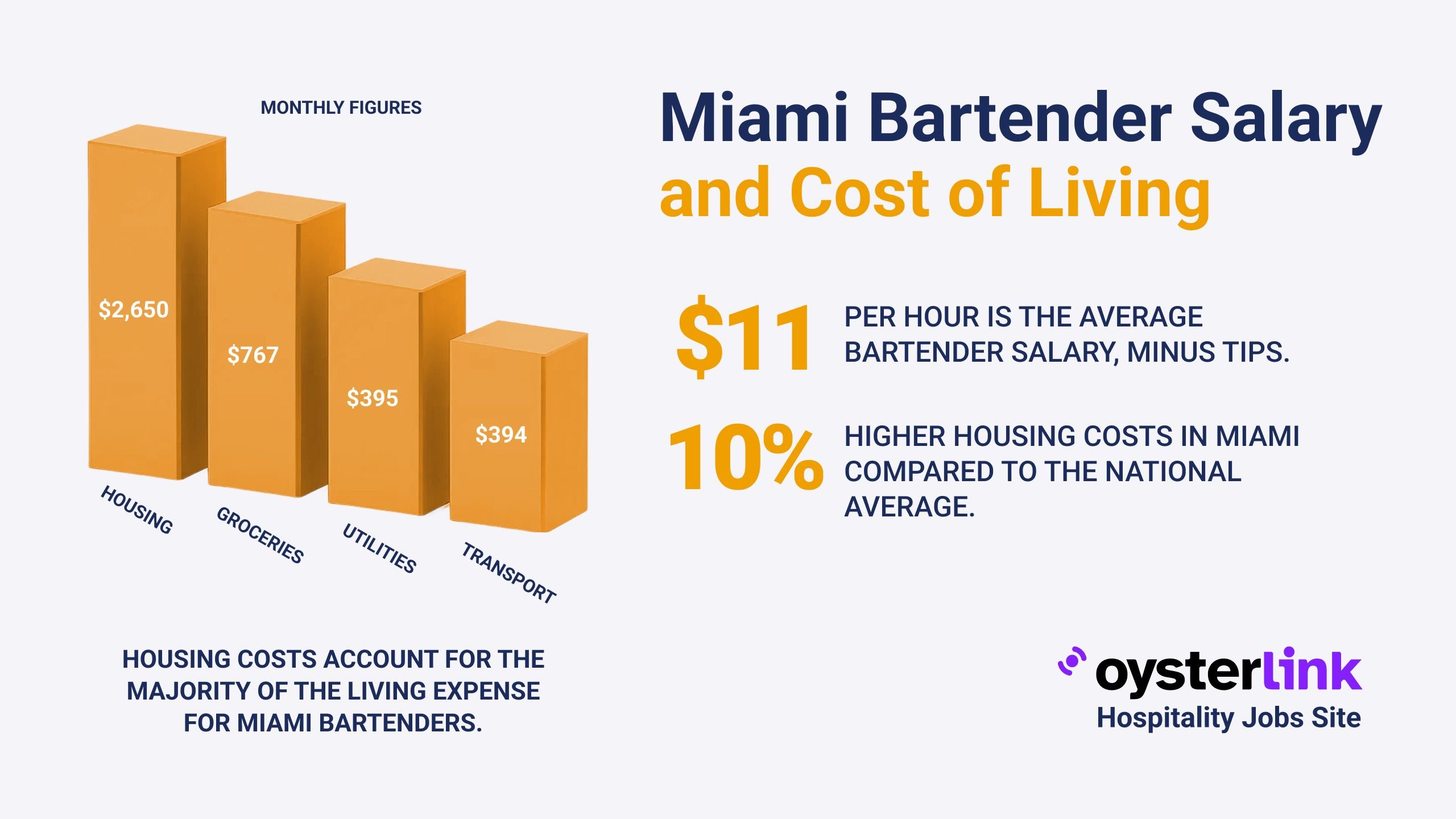Performance Review Template for Bartender: Key Takeaways
- Effective bartender reviews include KPIs like customer service, drink accuracy, inventory management, and hygiene compliance.
- Goal setting should focus on skills improvement, customer satisfaction, and operational efficiency.
- A comprehensive template encourages clear feedback, ratings, and development plans to foster growth.
Creating a performance review template tailored for bartenders helps track essential KPIs and set actionable goals.
This structured approach ensures consistent evaluation and supports bartender professional growth.
For sample phrasing and metrics, see Bartender review examples.
1. Essential Components of a Bartender Performance Review Template
A thorough performance review template for bartenders should begin with basic employee information to personalize the process:
- Name
- Job Title
- Department
- Review Period
- Reviewer’s Name
This foundation clarifies the scope of the review and accountability.
Following this, a performance summary provides an overview of the bartender’s overall work quality, highlighting strengths and areas for improvement.
To streamline documentation, use this Employee evaluation form template.
2. Key Performance Areas and KPIs for Bartender Reviews
The heart of an effective review lies in assessing key performance areas (KPAs) using measurable KPIs. These objective metrics help identify performance levels and set goals.
Clarify expectations by reviewing the Bartender job description.
Customer Service Excellence
Delivering exceptional customer service is critical for bartenders to enhance guest satisfaction and drive repeat business. Relevant KPIs include:
- Customer Satisfaction Score
- Response Time to Customer Inquiries
- Number of Customer Complaints Resolved
- Repeat Customer Rate
For structured hiring and assessment, follow this guide on Interviewing bartenders.
Drink Preparation and Presentation
Skillful drink preparation and appealing presentation reflect both quality and professionalism. KPIs that matter here are:
- Accuracy of Drink Orders
- Speed of Drink Preparation
- Drink Presentation Score
- Upselling Percentage
For advanced beverage roles, explore the Mixologist interview questions.
Inventory Management
Efficient tracking and management of bar inventory help minimize waste and ensure availability. Important KPIs include:
- Inventory Turnover Ratio
- Wastage Percentage
- Stockout Incidents
- Inventory Accuracy Rate
Supervisors can align standards with the Bar manager job description.
Bar Hygiene and Safety
Maintaining cleanliness and safety in the bar protects guests and staff alike. KPIs used to evaluate this area include:
- Health Inspection Scores
- Incidents of Safety Violations
- Cleaning Checklist Completion Rate
- Staff Training on Hygiene and Safety
Reinforce protocols with Bartender health and safety best practices.
3. Assessing Goal Achievement During the Review
Evaluating how the bartender progressed on previously set goals is vital. These may involve:
- Improving customer satisfaction ratings
- Mastering new cocktail recipes
- Increasing efficiency during peak operating hours
This section quantifies development and highlights growth areas.
For behavior-based evaluation prompts, consult Bartender interview questions.
4. Highlighting Strengths and Identifying Areas for Improvement
Focusing on the bartender’s strengths, such as creativity or teamwork, encourages confidence and motivation.
Simultaneously, constructive feedback should address specific areas needing improvement with practical recommendations to foster development.
5. Setting Development Plans and Goals for the Next Review Period
Goal setting turns insights into actionable plans. Examples of goals include:
- Improving speed and accuracy of drink preparation
- Enhancing upselling techniques
- Increasing participation in hygiene and safety training
Objectives should be clear, measurable, and time-bound to track progress effectively.
6. Using a Rating Scale to Evaluate Performance Consistently
Implementing a standardized rating system—such as a 1 to 5 scale or categories like “Needs Improvement” to “Exceeds Expectations”—helps ensure transparent and consistent evaluation across reviewers.
7. Including Employee Comments and Acknowledgements
Providing a section for bartenders to add their comments or express concerns fosters two-way communication and engagement.
Signing and dating the review by both parties confirms acknowledgment and agreement on evaluation and next steps.
8. Benefits of Implementing This Bartender Performance Review Template
This comprehensive template offers several benefits to hospitality businesses:
- Structured evaluation: Ensures all critical performance aspects are reviewed.
- Clear goal setting: Establishes measurable and achievable objectives.
- Employee development: Supports ongoing skill enhancement and career growth.
- Operational improvement: Helps optimize customer satisfaction and bar efficiency.
9. Additional Resources for Performance Management and Compliance
To enhance management practices and stay compliant with labor and safety regulations, consult these authoritative resources:
- U.S. Department of Labor – Fair Labor Standards Act (FLSA)
- Occupational Safety and Health Administration (OSHA)
- National Restaurant Association
Performance Review Template for Bartender: Conclusion
A well-designed performance review template equipped with KPIs and goal-setting components is essential for evaluating bartender effectiveness comprehensively.
This structured framework not only measures current performance but also guides professional growth, enhances service quality, and improves operational success in busy bar environments.


.png)

.png)
.jpg)